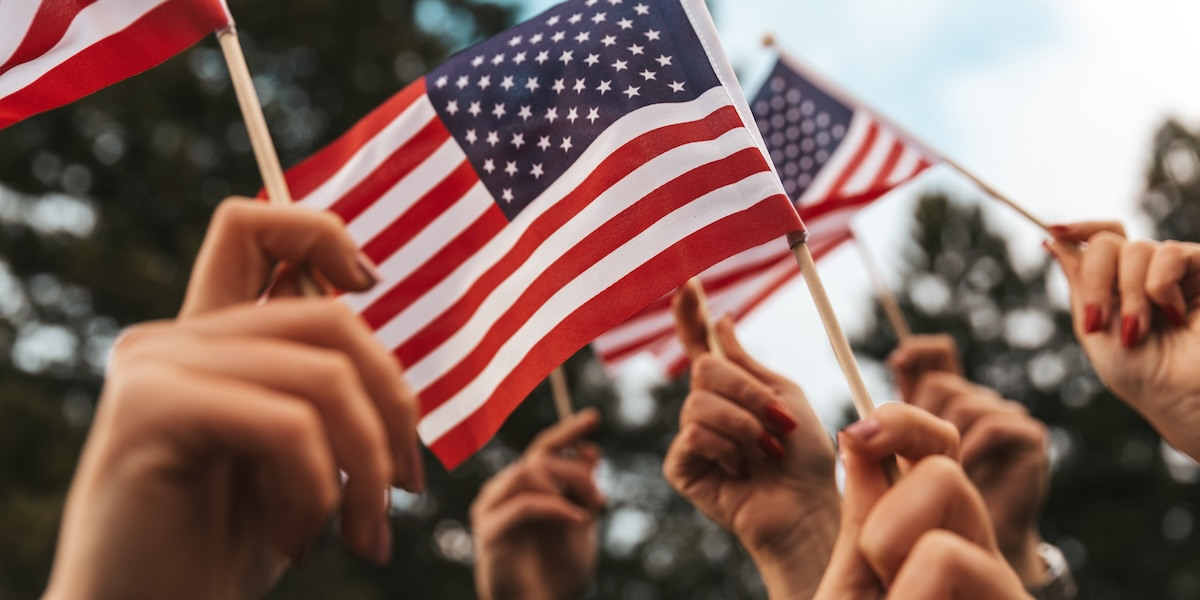
Origin of Veterans Day
November 11 was just another day of the year. That was until an end to hostilities, an armistice, took effect between the Allied Powers and Germany on Nov. 11, 1918, in the 11th hour of the day. Although no country signed the Treaty of Versailles until June 1919, officially ending World War I, the day of the armistice marked the end of WWI combat.
President Woodrow Wilson declared November 11, 1919, the first Armistice Day. The idea was to recognize the day fighting ended by having parades and halting business at 11 a.m. In the spring of 1938, Congress approved an act to make November 11 a legal holiday to honor Veterans of WWI and celebrate a day of peace. After World War II, Armistice Day changed. Veteran advocate organizations wanted Congress to amend the act of 1938 to change the name of the holiday. And Congress did.
In 1954, Armistice Day legally became Veterans Day, a holiday to honor Veterans of all wars.
A 1968 bill moved recognition of Veterans Day and some other holidays to Mondays, giving the public three-day weekends. However, confusion and public distaste for the change nullified it. In 1975, President Gerald R. Ford returned the observation of Veterans Day to November 11, no matter what day of the week.
Since then, it has always honored Veterans for their sacrifice to the U.S. With Veterans Day upon us, now is the time to thank Veterans for all they’ve done. Veterans Affairs has also worked to repay and recognize what Veterans have done for our country the VA has programs in place. Designed to make the transition to civilian life easier and honor Veterans, programs like the VA home loan program have helped hundreds of thousands of Veterans.
History of the Department of Veterans Affairs (VA)
Related Posts
-
 What Is The VA Seller Concession Rule?When buying a home with a VA loan, one potential way to save money is by negotiating seller concessions. Seller concessions are financial incentives or contributions from the seller that help reduce the buyer's out-of-pocket expenses. The Department of Veterans Affairs (VA) allows these concessions to cover up to 4% of the loan amount, but they must be items outside of standard closing costs.
What Is The VA Seller Concession Rule?When buying a home with a VA loan, one potential way to save money is by negotiating seller concessions. Seller concessions are financial incentives or contributions from the seller that help reduce the buyer's out-of-pocket expenses. The Department of Veterans Affairs (VA) allows these concessions to cover up to 4% of the loan amount, but they must be items outside of standard closing costs. -
 How Discount Mortgage Points Work on a VA LoanPurchasing discount points on a VA loan can be a good investment for Veterans looking to lower their interest rate.
How Discount Mortgage Points Work on a VA LoanPurchasing discount points on a VA loan can be a good investment for Veterans looking to lower their interest rate.

